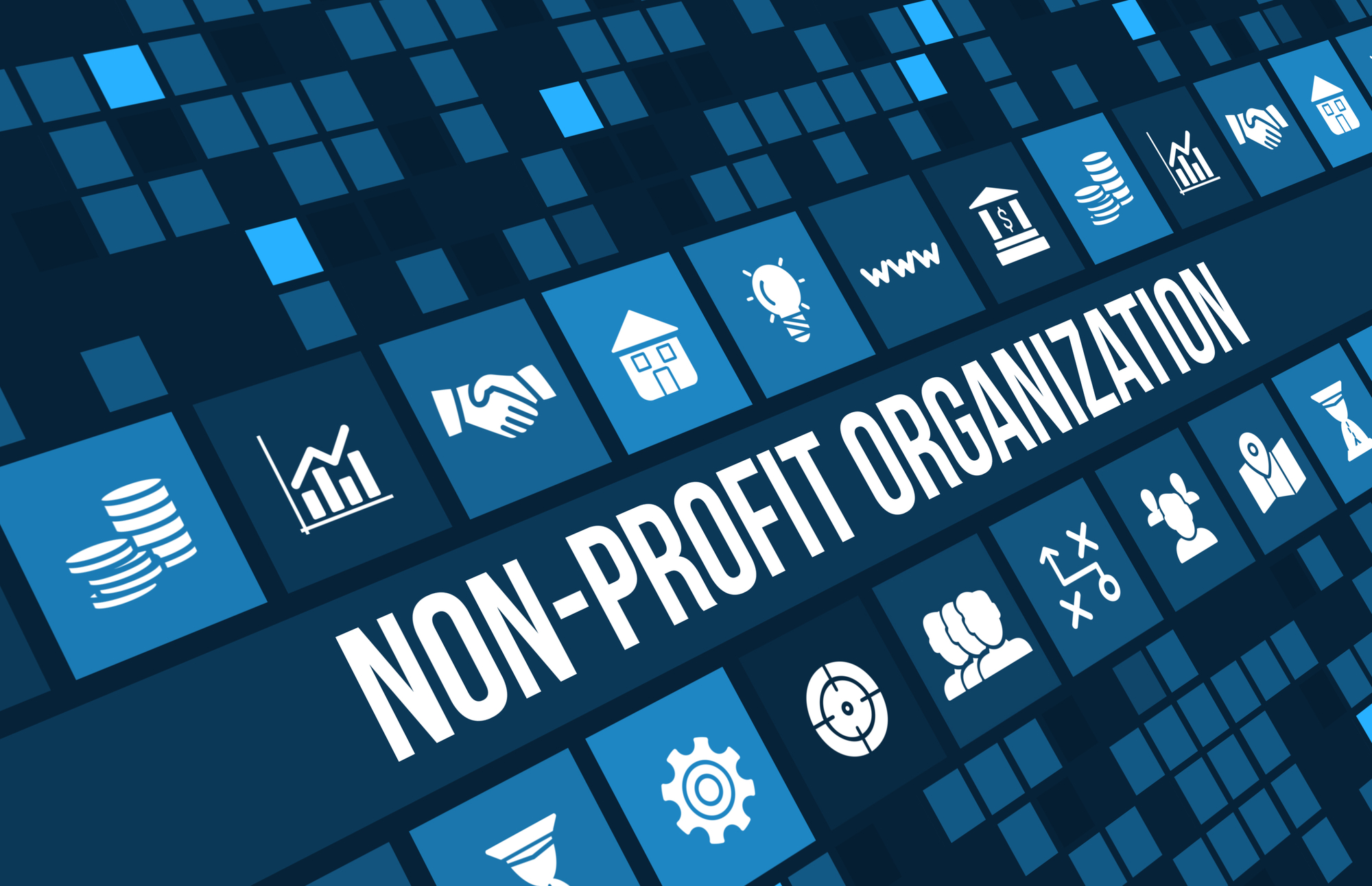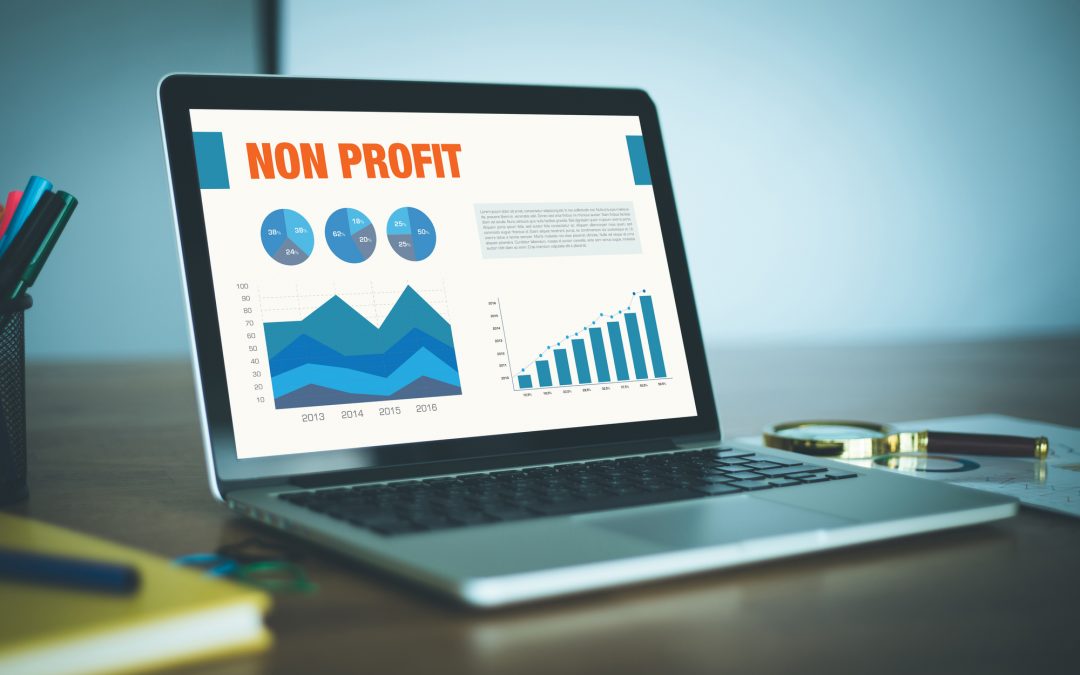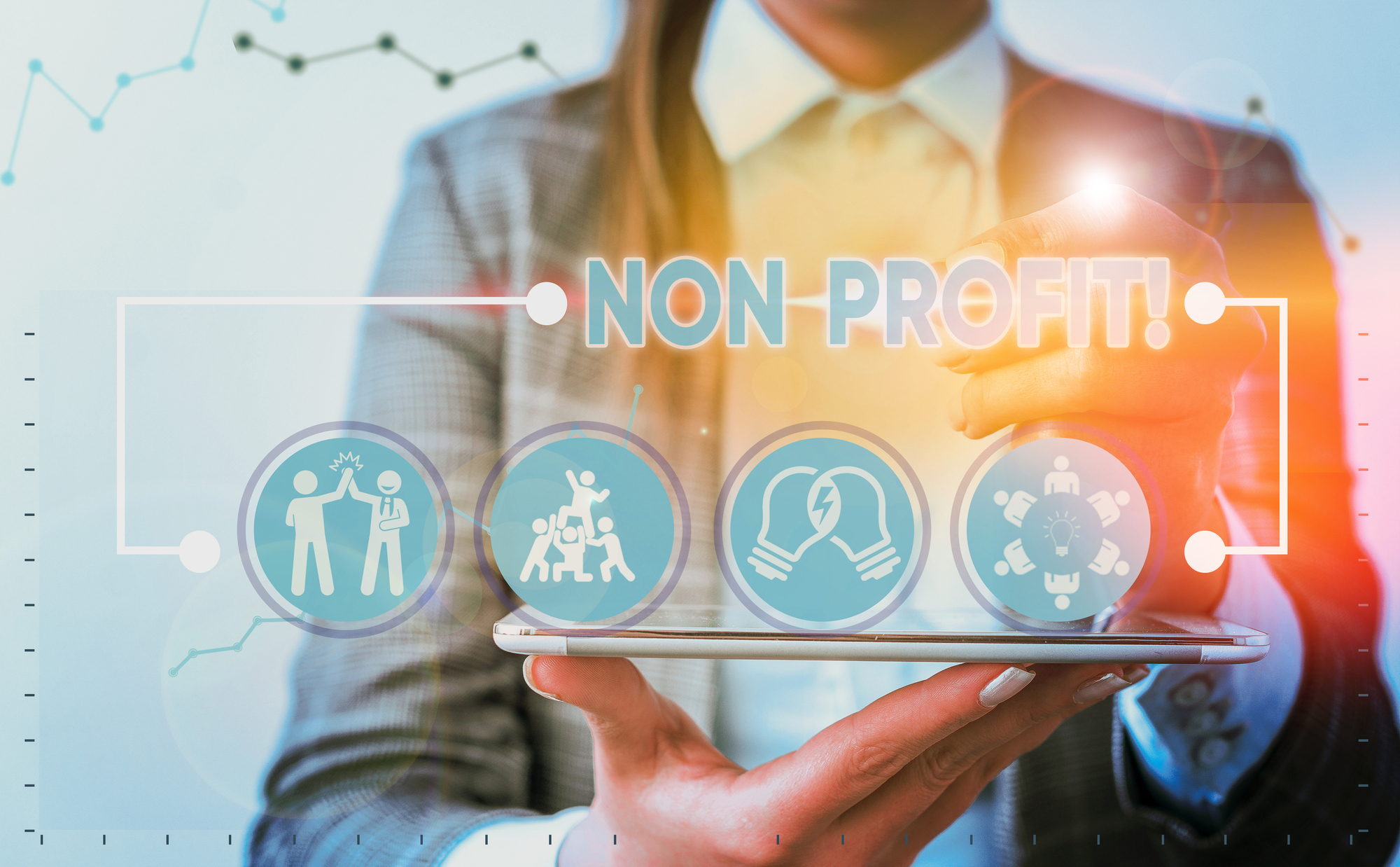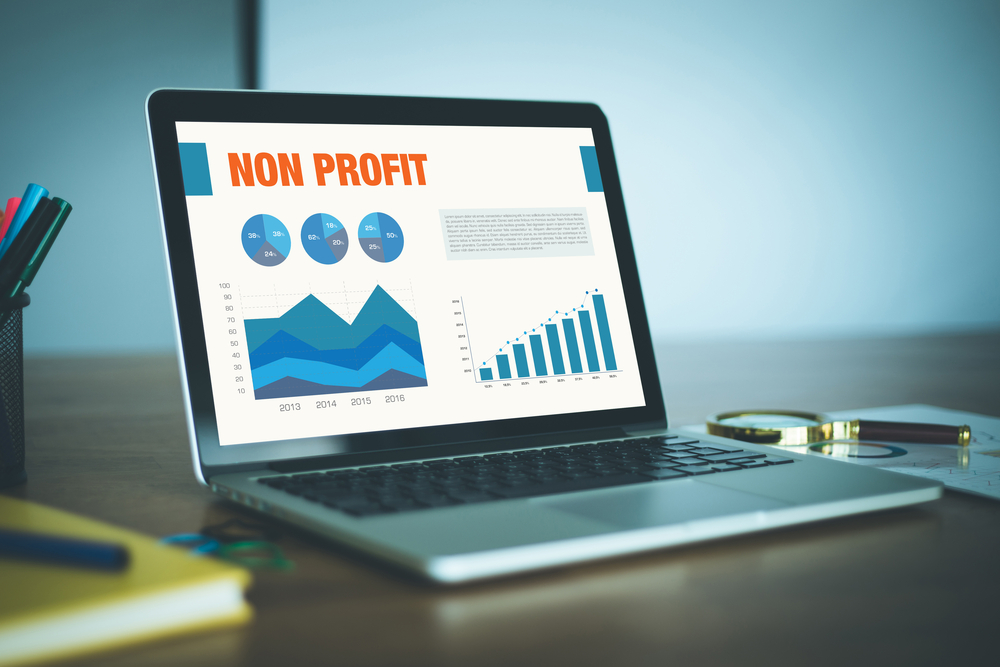Nonprofit Computing Security, Five Easy Steps To Protecting Your Nonprofit Organization from Breaches
Nonprofit organizations are very important when it comes to making a difference in every local community globally. Similar to all other businesses, charities are becoming more reliant on technology and IT — to collaborate, stay in touch, and also track projects, critical information, and programs.
Losing this technology access, suffering a data breach, or having money stolen through a branch in nonprofit computing security can be very devastating, both reputationally and financially.
We have worked with quite a number of small nonprofit organizations, and we are aware that cost and time are top concerns, and very often, technical knowledge can also cause barriers. That’s why we’ve created this low-effort and low-cost step that will highly impact the protection of your organization against cyberattacks.
1. Make Sure Your Data is Backed Up
Think of the entire data you have stored or used for your cause. Your supporter details, project plans, key documents, beneficiaries, critical details, and so on. Now imagine them being stolen from you; how will you be able to run without the data?
Irrespective of the work you do or your organization’s size, you should regularly back up your nonprofit computing security data.
You are making sure that you’ll still get the chance to run in case of any theft, flood, or system malfunction. You will also have backups that you’ll be able to return to quickly in case any cyberattack happens. Nonprofit computing security vastly helps with this.
2. Malware Protection for Your Charity
Malicious software (malware) is software designed to harm your nonprofit and your system, with attacks that are common, like WannaCry. They often come up as replicating viruses that’ll infect systems before they spread further; they have the ability to encrypt entire servers or devices before they ask you to pay a ransom.
A very obvious step is to make sure you have an updated antivirus running on your entire device. Almost all operating systems come with a pre-installed antivirus, so all you need to do is turn it on. Services like Microsoft Defender for Endpoint offer more features that can help you defend your users and devices in case of any attack, and they use more methods to detect them as there’s a constant evolution in attacks.
You should also make sure that you update your PC and mobile devices software and your servers are updated. Suppliers and vendors mostly supply patches or updates to add more features and, essentially, remediate vulnerabilities in nonprofit computing security. The software can be automatically updated, so make sure this is enabled where available.
3. Make Sure Your Tablets and Smartphones are Safe
These days, mobile devices are very critical in our personal and professional lives. It is how all of us stay connected to each other and also how we all access data. There’s an ever-growing volume of data accessed or stored in smartphones and tablets, and because they are mostly with you, they need more protection to remain secure.
The first thing you need to do is make sure all your tablets and smartphones have a password. It’s better the password is long, but it should be a minimum of six characters (ensure you don’t make your code your birthday). If you’re using a supported device, you can decide to use face or fingerprint recognition as an alternative to passwords.
Volunteers, staff, and trustees are regularly in the field, and they can likely lose their device (through misplacing it or theft) while they’re out of their homes or office. Both Apple and Android devices have free tools you can use for:
- Tracking your device’s location.
- Remotely locking access to your device.
- Remotely erasing your device’s data.
They’re all helpful in a situation whereby you misplace your device that contains critical data.
Lastly, similar to your Laptops and PCs, make sure the software of your mobile phone and your application are updated. If you can, make sure your apps and device automatically update so you’ll not have to start doing that manually.
Even though these actions for your tablets and phones may seem like they’re daunting, you can enforce these little steps using nonprofit computing security.
4. Make Use of Passwords
Your mobile devices, computers, and online services such as your file shares or email all contain sensitive and important data like information about your beneficiaries and supporters. Only you should have access to this data and not any authorized user.
When you use passwords correctly, they’re free and critical towards defending against and protecting unauthorized users who want to access your devices and data.
There are online guides that show you how you can create strong passwords. These days, a lot of devices now support facial or fingerprint recognition to access your device, so you might not be required to enter any long password very often.
The next thing is MFA (Multi-factor Authentication) or 2FA (Two-Factor Authentication). They’re simple and efficient ways of securing your accounts. As a matter of fact, MFA has the ability to block more than 99.99% of any password compromises.
With MFA, you need 2+ different methods for you to prove your identity — mostly something you know, which is your password, coupled with something you’ve got (such as a card reader or mobile phone). Several online services support Multi-factor Authentication these days.
5. Avoid Phishing at All Costs
For Phishing that is non-targeted, or even targeted, Spear Phishing, the attacker will send fake messages or try tricking you into showing sensitive info like passwords, usernames, or financial data. Attackers might try tricking you into sending funds, stealing your data to sell, or maybe even accessing the information of your nonprofit for political motives.
We don’t need to remind you of how Phishing and social engineering are very common cyber-crime forms that mostly lead to more damaging and serious attacks. First, make sure that your users can only access the data they need, so if there’s a successful attack, the damage won’t be heavy. Also, protect important services such as your financial systems and emails with multi-factor authentication. What this means is that if a password is obtained, there’s another layer of protection available.
Several phishing attacks happen through email; that’s why you need to protect the most frequent form of attack. You can find several email security services online, and most providers like Microsoft also provide email protection to help you mitigate some messages. Other phishing firms, like via social media or text messages, are still happening and need more approaches to preventing them.
By following the steps in this guide, you’ll be able to give your nonprofit organization substantial nonprofit computing security.











